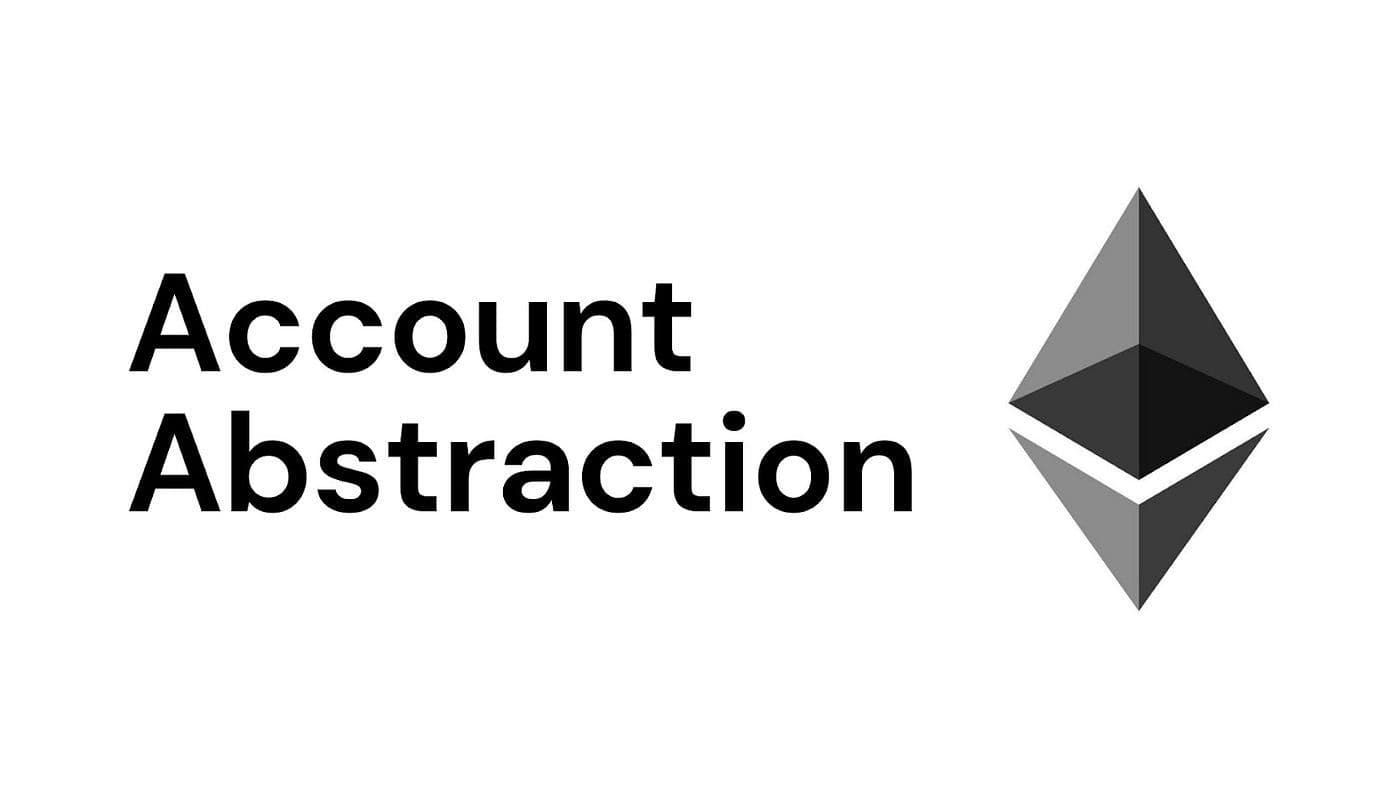Introduction
Account Abstraction wallets, powered by Smart Contracts, are second-generation wallets designed to simplify and secure DeFi Ethereum transactions. Current wallets are complex, costly, and risky, requiring multiple steps and payments for transactions. Additionally, managing seed phrases for security adds anxiety and potential loss of access to funds.
Challenges with Current Wallets
When interacting with a Dapp such as Uniswap, the user must interact with different steps: switching networks, signing to the Dapp, and making two payments—one for pre-authorizing the secondo is for executing it. This process is not only complex but also expensive and intimidating for new users.
Swap Simulation
A typical swap simulation on the Syncswap ZKsync L2 network using the Metamask wallet involves multiple steps, showcasing the complexity and potential for error in current systems. Creating too many duplicates of the seed phrase can be risky, yet failing to store them properly can lead to loss of access.
Recovery Phrase Setup
Setting up a secret recovery phrase is essential but comes with many concerns. In case of device failure or loss, it is crucial to know who holds the backups and how they are managed.
Transaction Costs and Methods
Another problem is the cost and method of transactions. Selling crypto requires Ether for both pre-authorization and the actual sale. If users run out of Ether, they will not be able to pay for the transaction, even if they have a sufficient amount of a stablecoin, for example.
How Current Wallets Work
Ethereum-compatible wallets like Metamask and Ledger create new wallets by generating keys, forming an Externally Owned Account (EOA). These accounts are secured by a seed phrase linked to the private key. However, EOAs have risks and complexities that can discourage users due to the difficulty of managing seed phrases and the potential loss of access to funds if the seed phrase is misplaced.
The Solution: ACCOUNT ABSTRACTION
Account Abstraction simplifies complex blockchain processes by masking technical details with an intuitive user interface. Introduced in 2016, with practical applications beginning in 2018, Account Abstraction uses Smart Contracts to manage ownership and streamline processes like buying, selling, and voting.
Evolution of Account Abstraction
Social Recovery, the first practical application of Account Abstraction, allows account recovery through trusted contacts like friends, family, designated compagnie, or simply, colleagues.
In 2020, EIP-2938 introduced a new type of transaction that allowed smart contracts to act as first-level accounts. Shortly after, EIP-3074 enabled existing EOAs to behave like smart contracts, allowing users to delegate control to a smart contract. In 2021, EIP-4337 was introduced into the Ethereum roadmap, leading to the current state.
ERC-4337 Standard ERC-4337 standardizes smart contract wallets, eliminating the need for EOAs. It introduces “UserOperation” objects for transactions, which are bundled by nodes called “Bundlers” and processed by a global smart contract known as the “EntryPoint.”
Account Abstraction Wallets
Several account abstraction wallets leverage smart contract functionalities, including Argent, Ambire, Safe, Braavos, and others. Braavos operates on Starknet, an Ethereum layer-2 scaling solution that offers low fees and account abstraction built into the protocol. Argent is a popular social recovery abstraction wallet in the Ethereum ecosystem, which Buterin has called a “preferred method for securing a wallet.”
Benefits of Account Abstraction:
-Address Book Allow List A list of authorized addresses that can interact with a specific contract or account, improving security by limiting access to trusted entities only.
-Paying Gas for Someone Else The ability to cover the transaction (gas) fees for another user's transaction. For example, if I need to send funds to a friend, they can bear the transaction costs.
-Batch Transactions Transactions are grouped together and executed as a single transaction. This approach reduces costs and improves payment efficiency, similar to layer 2 protocols.
-Wallet Recovery Options This feature allows users to regain access to their accounts using verification methods like Social Recovery
-Paying Gas Fees in Other Tokens like USDT/USDC Enabling users to pay transaction fees using stablecoins like USDT or USDC instead of Ether.
-Automatic Payments Setting up scheduled payments that are executed automatically, useful for subscriptions or recurring transactions.
Conclusion
Account Abstraction is transforming cryptocurrency management and Web3 wallet accounts by shifting away from the risky EOA model to smart contract-based accounts. This shift enhances security, usability, and scalability, crucial for Web3 mass adoption. By addressing current user experience challenges and providing a more intuitive and secure interface, Account Abstraction paves the way for broader acceptance and integration of blockchain technology into everyday life.
Source:
https://notes.ethereum.org/@vbuterin/account_abstraction_roadmap?ref=hackernoon.com

